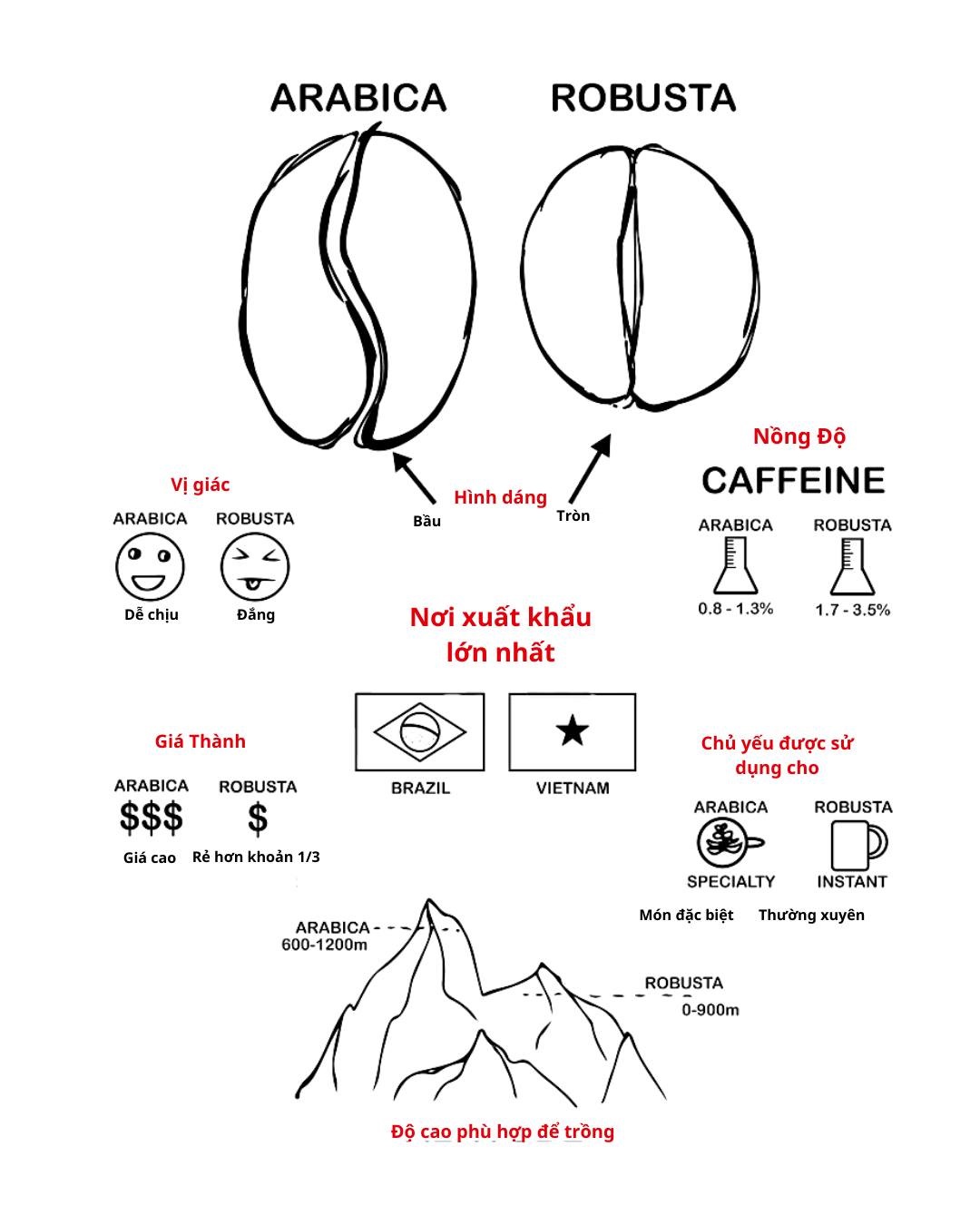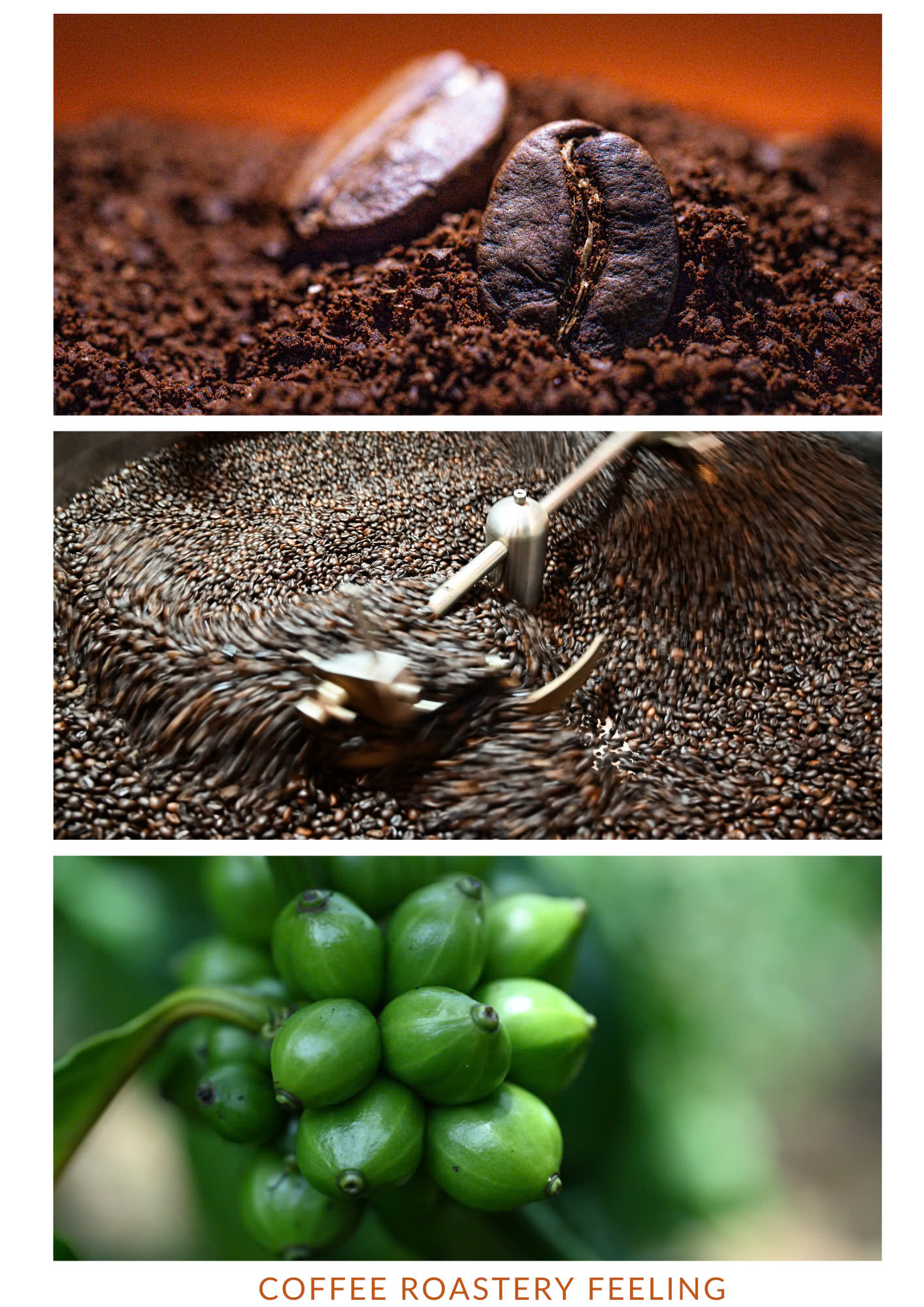Market Insights from the Heart of Central Highlands Coffee
June 2, 2025
The global coffee market is painting a complex picture this month, one that reaches from the trading floors of commodity exchanges to the volcanic highlands where our DALAKON beans are lovingly cultivated. As we witness significant shifts in both Robusta and Arabica markets, understanding these movements becomes crucial for anyone passionate about coffee—whether you’re savoring your morning cup or watching market trends that affect the entire industry.
The latest market intelligence reveals a fascinating dance between speculators and commercial buyers, with implications that extend far beyond trading charts to the very essence of how coffee reaches your cup. Let’s explore what these developments mean for the coffee world and the farmers who dedicate their lives to this sacred craft.

The Great Trading Shift: Robusta and Arabica Under Pressure
Robusta’s Rocky Road
The Robusta market has experienced dramatic movements over the past four trading days, telling a story of changing sentiment and strategic positioning. Managed money—essentially the speculative funds that drive much of the market’s volatility—has net sold an impressive 3,500 lots, but here’s where it gets interesting: rather than simply closing existing long positions as many expected, these traders have been aggressively opening new short positions.
This shift has resulted in 2,600 new short positions, pushing the total short position to 9,300 lots—a significant bearish stance that suggests traders believe Robusta prices have further to fall. It’s like watching experienced coffee tasters detect the first hint of over-extraction; the market is sensing something that demands attention.
On the flip side, commercial buyers—the companies that actually process and distribute coffee—have been doing exactly the opposite. They’ve net bought 4,000 lots, bringing their total long position to levels not seen since October 2024. This divergence tells a compelling story: while speculators worry about short-term price movements, the companies that live and breathe coffee see value at current levels.
Market analysts predict this trend will continue, with an additional 2,000 lots of net selling expected as speculative funds maintain their short strategy. It’s a classic case of financial markets versus fundamental coffee economics.
Arabica’s Parallel Journey
The Arabica market is experiencing its own version of this dynamic, though with slightly less intensity. Non-commercial speculators and index funds have net sold 2,300 lots—lower than initial forecasts, but still representing a significant shift in sentiment. Meanwhile, commercial buyers have stepped in with 2,700 lots of net purchases, maintaining their role as the steady hands in an increasingly volatile market.
The expectation is for an additional 3,000 lots of net selling pressure after the data cutoff, reinforcing the dominant theme: speculators selling while commercials buy. This pattern reflects a fundamental disconnect between short-term trading psychology and long-term coffee industry fundamentals.
Technical Analysis: Reading the Market’s Body Language
Robusta’s Technical Breakdown
From a technical perspective, Robusta has decisively broken through the April 9th low, a significant support level that many traders were watching closely. More concerning for bulls, prices have fallen well below both the 100-day and 200-day moving averages—key indicators that technical analysts use to gauge long-term trends.
This technical picture paints a clear downtrend, suggesting that the market structure itself is working against any near-term recovery. It’s similar to how a coffee cupping reveals layers of flavor that weren’t immediately apparent—the technical analysis is revealing underlying weakness that goes beyond surface-level price movements.
Arabica’s Concerning Signals
Arabica has shown similar technical deterioration, falling below its 100-day moving average and breaking an uptrend that had been intact since October 2024. This is particularly significant because it represents the end of a multi-month period of relative strength and optimism in the Arabica market.
With speculative funds still holding substantial net long positions, the potential for continued selling pressure remains high. The next critical support level to watch is the 200-day moving average, which coincides with the September 4th low—a confluence that could either provide strong support or, if broken, signal further weakness ahead.
Market Conditions and the Bigger Picture
Weather Wildcards from Brazil
Adding complexity to the market dynamics are weather concerns from Brazil, the world’s largest coffee producer. Winter conditions in the Brazilian highlands have been particularly cold, raising questions about potential production impacts. While the full effects remain unclear, any significant weather-related production concerns in Brazil typically reverberate throughout global coffee markets.
This uncertainty adds another layer to the market’s current complexity, reminding us that coffee trading isn’t just about financial flows—it’s ultimately about agricultural realities and the delicate balance between climate, cultivation, and consumption.
Inventory Insights
The inventory picture provides additional context for current market dynamics:
Arabica inventories have increased by 74,722 bags, finishing May at 888,390 bags, with an additional 133,000 bags pending inspection. This represents a substantial increase in available supply, which helps explain why commercial buyers are comfortable purchasing at current levels.
Robusta inventories have grown even more dramatically, increasing from 4,225 lots at the end of April to 5,409 lots by the end of May—equivalent to nearly 200,000 bags. This significant supply increase supports the fundamental case for current price levels and explains why commercial buyers see value where speculators see risk.
Contract Rollover Considerations
The market is also preparing for the quarterly contract rollover, transitioning from July 2025 to September 2025 contracts. This technical aspect of commodity trading can create additional volatility and uncertainty as positions are adjusted and rolled forward.
Looking Ahead: Implications and Opportunities
The current market environment presents a classic scenario of competing perspectives. Speculative funds, driven by technical signals and momentum, are betting on continued price weakness. Commercial buyers, focused on fundamental supply and demand dynamics, are accumulating positions at what they perceive to be attractive levels.
This divergence often creates opportunities for those who understand both the technical and fundamental sides of the coffee market. The significant increase in standardized inventories suggests that supply concerns are minimal in the near term, supporting the commercial buyers’ strategy of accumulating positions at lower prices.
However, the Brazilian weather situation remains a wildcard that could quickly change market dynamics if production concerns materialize. Additionally, the technical damage done to both Robusta and Arabica charts suggests that any recovery will need to overcome significant resistance levels.
Market Wisdom: A Strategic Perspective
For investors and traders navigating these turbulent coffee markets, several key principles emerge from the current environment:
First, respect the trend. Both Robusta and Arabica have experienced significant technical breakdowns, and fighting against such clear trends rarely ends well. The path of least resistance appears to be lower for now.
Second, watch the commercials. The steady accumulation by commercial buyers at these levels suggests they see fundamental value that may not be reflected in current prices. Their patient buying often marks important market turning points.
Third, monitor Brazilian weather closely. While current inventory levels suggest adequate supply, coffee markets can turn quickly on production concerns, especially from Brazil during the critical winter months.
Finally, prepare for volatility around the contract rollover. These technical market events often create short-term price distortions that can present both risks and opportunities for prepared traders.
The coffee market, like the perfect cup of DALAKON coffee, requires patience, understanding, and respect for the complex forces at work. Whether you’re trading coffee futures or simply appreciating the journey from sacred grounds to sacred cup, remember that behind every market movement lies the timeless story of cultivation, dedication, and the pursuit of excellence that defines the world of coffee.
Stay tuned to DALAKON Coffee for continued insights into the markets that shape our beloved industry, where every analysis serves to deepen our appreciation for the complex journey from highland farms to your morning cup.




